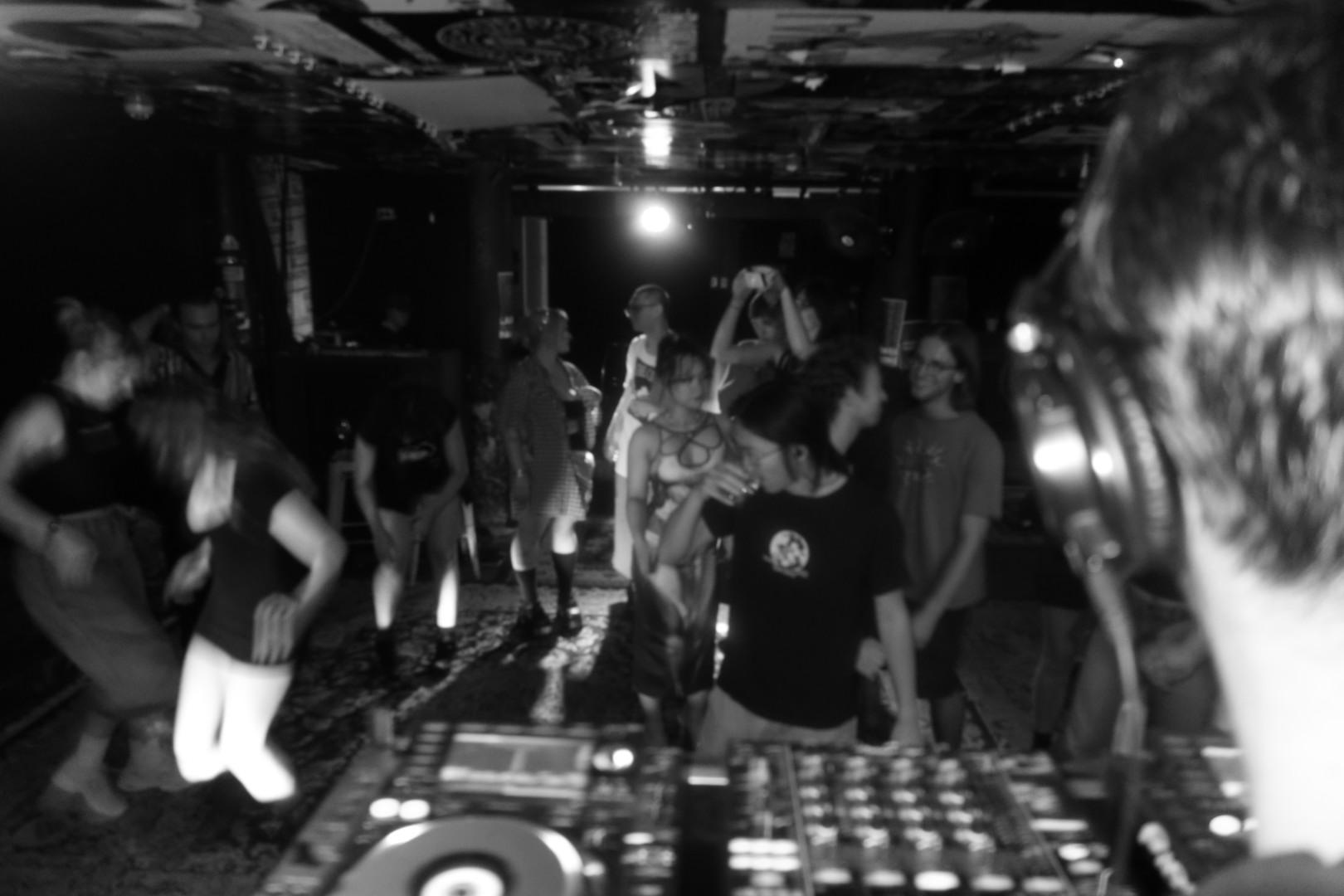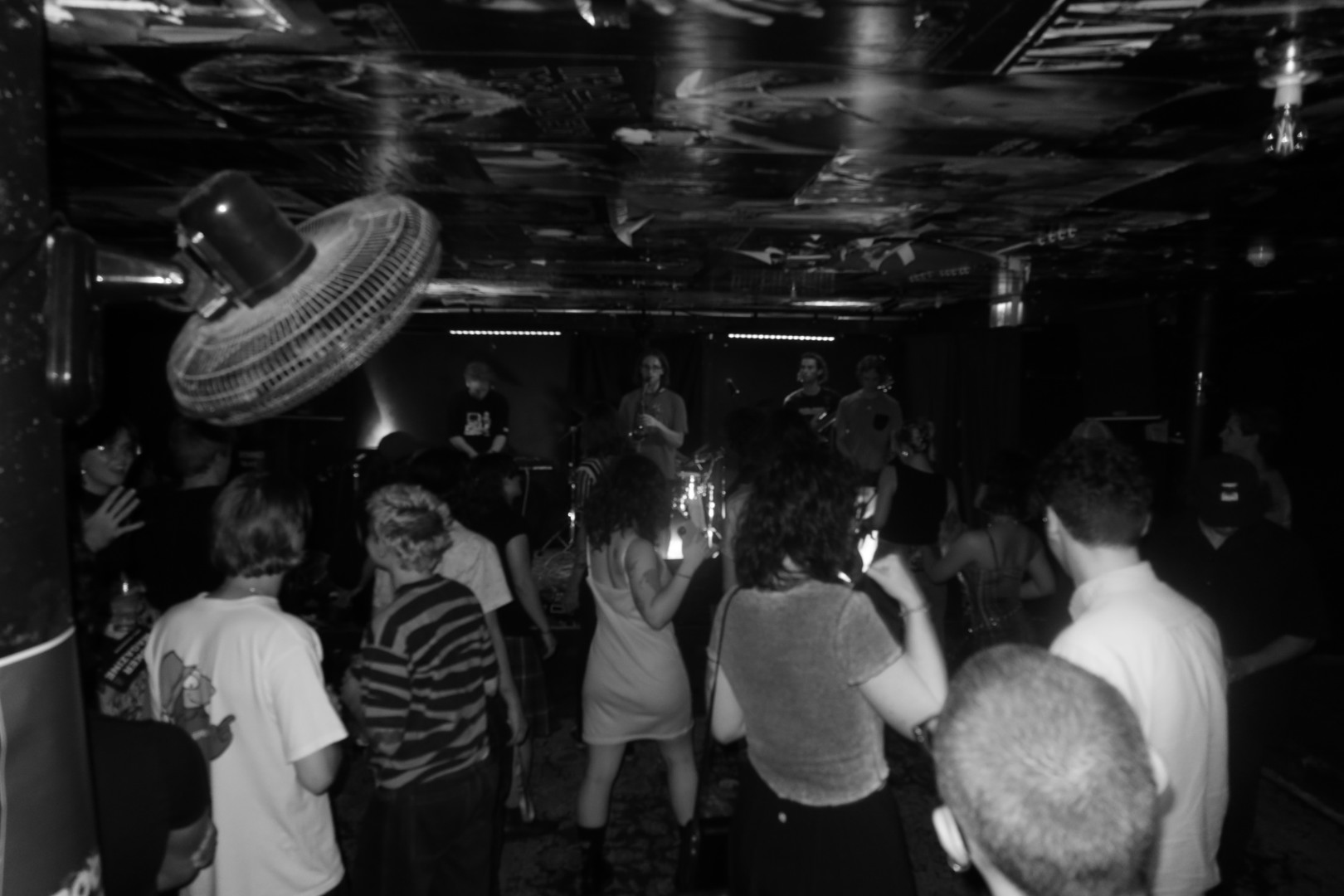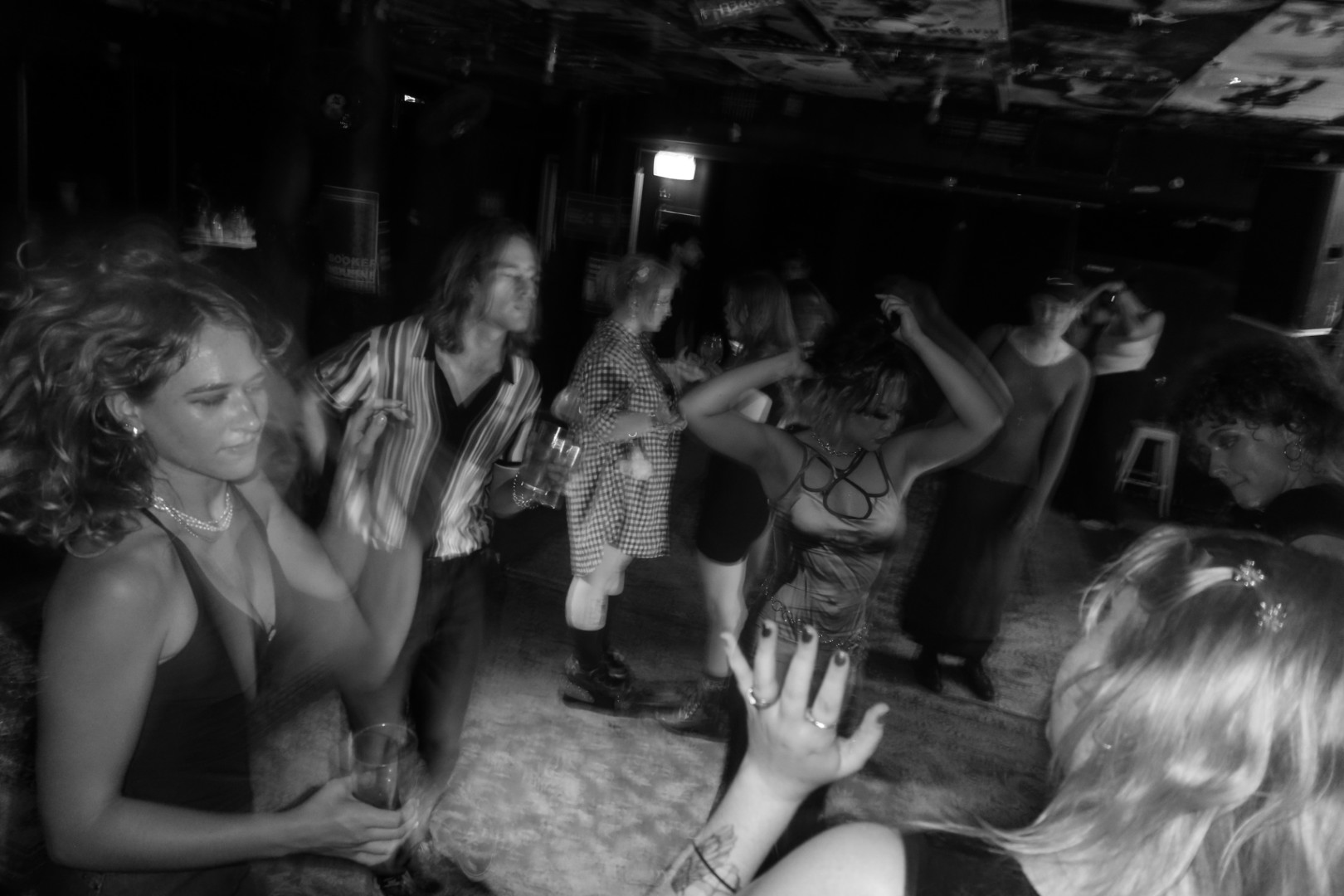In the leadup to their issue #002 launch, Honi Soit sits down with Alexander Booker, writer, creator, former USyd student, and the central architect of Booker Magazine.
Like many publications, Booker Magazine initially arose out of identified gaps within the local print landscape. Alexander’s friend had written a fantasy fiction piece and was struggling to find a publication interested in publishing it. Booker explains existing publications are more angled toward conventional stories. And therein lies Booker’s purpose: to get things out there, especially “unusual stuff that doesn’t fit in elsewhere”. It is a “flexible and reactive” project, adjusting and fitting the needs of various creatives, morphing into niches, and filling gaps. The aforementioned science fiction piece, ‘Private I’ lays across the first issue’s first spread, acting as the issue’s “hero fiction” work.
Booker’s creative intentions found tangibility within the beauty of print. For Alexander, this medium is important due to its ability to build consistent audiences and communities. While Alexander tossed around the ideas of a Substack or Patreon model, text was primary to the project’s goal, always bringing “a different kind of permanence or intention”. Alexander wanted it to be “something that you have and that you sit down with”. The magazine will be published quarterly and available at three “brick and mortar” stockists: Newtown music store Repressed Records, and bookstores Better Read Than Dead and Sappho’s. Through creation, publication and circulation, Booker zooms into and uncovers what’s within and beneath the inner west’s seemingly socially-impenetrable spaces.

As a former USyd student, Alexander sees their publication as a way to extend the folly, play of campus publications, and creative spaces beyond the institution’s walls and degree timespans. A formative moment in their magazine journey was laying up for Growing Strong, USyd Women’s Collective’s annual publication. This was their first editing and graphic design experience–attesting to the utility of student publications as a creative training ground. But Booker is not a student magazine, instead existing at the nexus of youth culture and alternative art across Sydney, and reminds us that student culture is not where our creativity should end. Opportunities to publish in magazines that are not tied to student organisations are beneficial for students and alumni, particularly considering that these publications have more editorial freedom and are unchained to organisations seeking profit.
Booker expands on the idea of their publication as a “connective tissue” reaching out amongst the often siloed worlds of local theatre, music, arts and culture. Issue #001 assembles community organisations like FBi Radio and Sydney University Dramatic Society (SUDS), as well as local cinematic and artistic outputs. Booker maintains a close relationship with Newtown artist-run space DRAW Space Gallery through artist features and write-ups. Theatre is another close relative, Issue 001 included an interview with the director and writers of SUDS’ recent sold-out show Screwd!, directed by Mariika Mehigan and Eloise Aiken. Through thick questions and distorted images, Alexander dissects the original sex comedy and highlights the creative opportunities in student theatre organisations.
Extending beyond boundaries of form, playing within the unknown, Booker “finds specificity based on location rather than practice”. Their connective structure is enhanced by their social media presence, promoting MILK Arts Night, and others within the inner-west publication space, such as Plinky Plonky Features, RAG (Rough As Guts) Zine, and the recent release of the sparkly Fling magazine.
Throughout our chat, Alexander mentions a plentitude of inner west gigs, magazines, exhibitions, and venues. These worlds rely on structures and networks of support — what Booker aims to be. Shared Instagram stories can only reach so many audiences, creative endeavours constantly need to reach beyond their own worlds to sustain their effectiveness and survival.
The magazine acts as a collage of creative mediums — original genre fiction, features, photography, interviews, reviews, and essays. Each piece traverses forms, with the hero science fiction work including book recommendations and interviews. Issue #002 promises to be a continuation of these collaged forms, including “experimental fable storytelling, emerging artists features, and interviews with up and coming performers”. The fictional inclusions are the magazine’s defining strength, showcasing unpublished works, with some pieces like ‘Private I’ serialised across multiple editions.
Issue #002 has just been sent to the printers. Booker takes inspiration from grungy, street aesthetics, but clarifies them in a slick black and white visual style for accessibility. This “directness in style” draws from music posters, street posters, and bathroom stickers. Alexander referenced the recent Debaser event ‘Pasted’, an exhibition of recent poster art in the inner west as a source of inspiration. While its original print exclusivity is important, Booker is flirting with expanding functions to short film production and event assisting.
And what about the admin of it all? It’s often missed that creative ventures require plentitudes of unpaid, and often boring administrative work. While Alexander spearheads this work, they are working within a team of loosely defined roles including proofreading, music correspondence, design layup, and promotional expertise.
Booker doesn’t take itself too seriously. It reminds us that we should all write more, make more, go to more gigs, exhibitions, shows, and dance more.
Booker Magazine issue #002 launches at Red Rattler Theatre, Marrickville on 28 March at 7.30pm. Tickets range from $0-20. The lineup includes local acts GRXCE, Gnocchi the Gnartist and Final Girls. Follow @bookermagazine on Instagram to keep in touch for the latest updates and contributor callouts.










